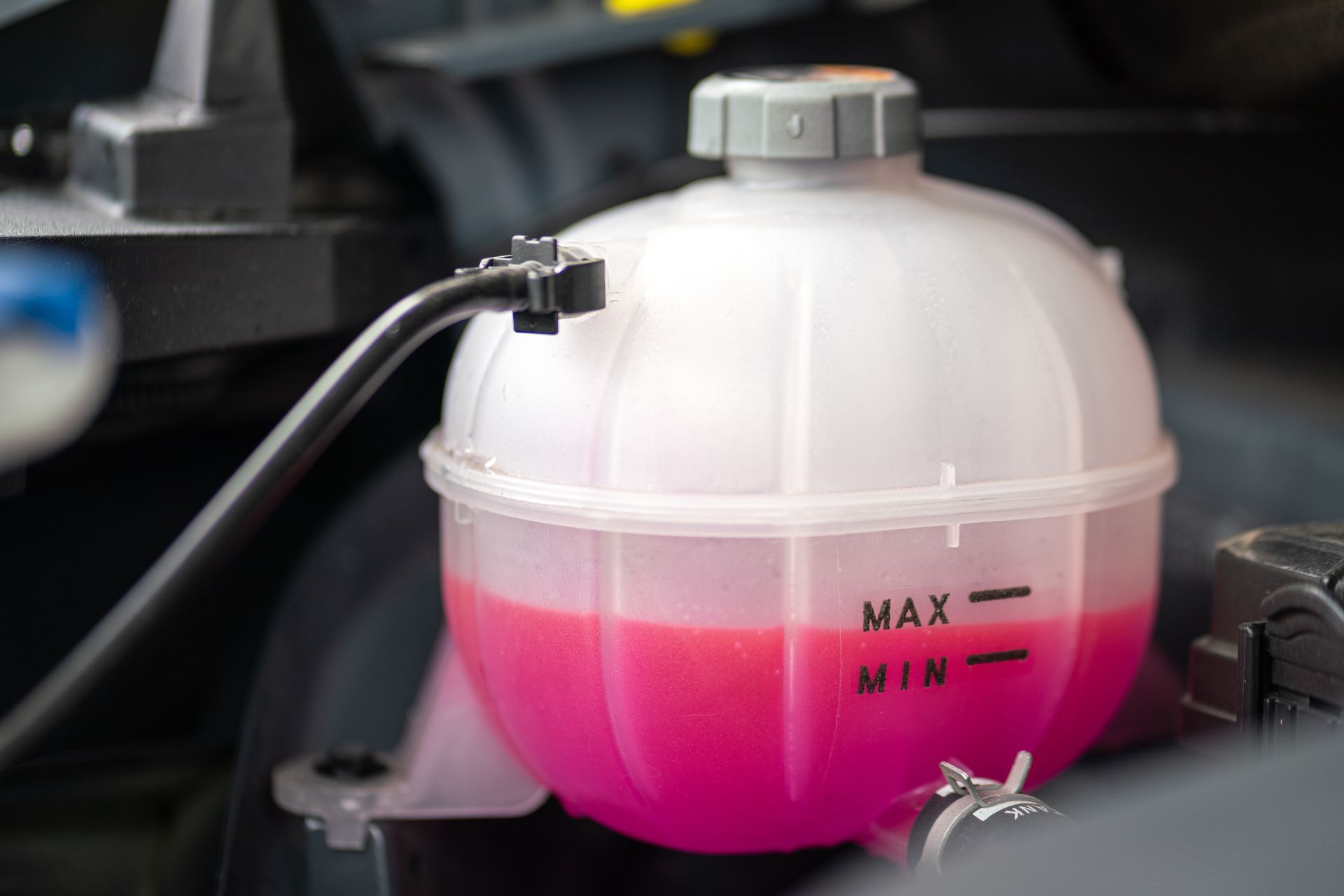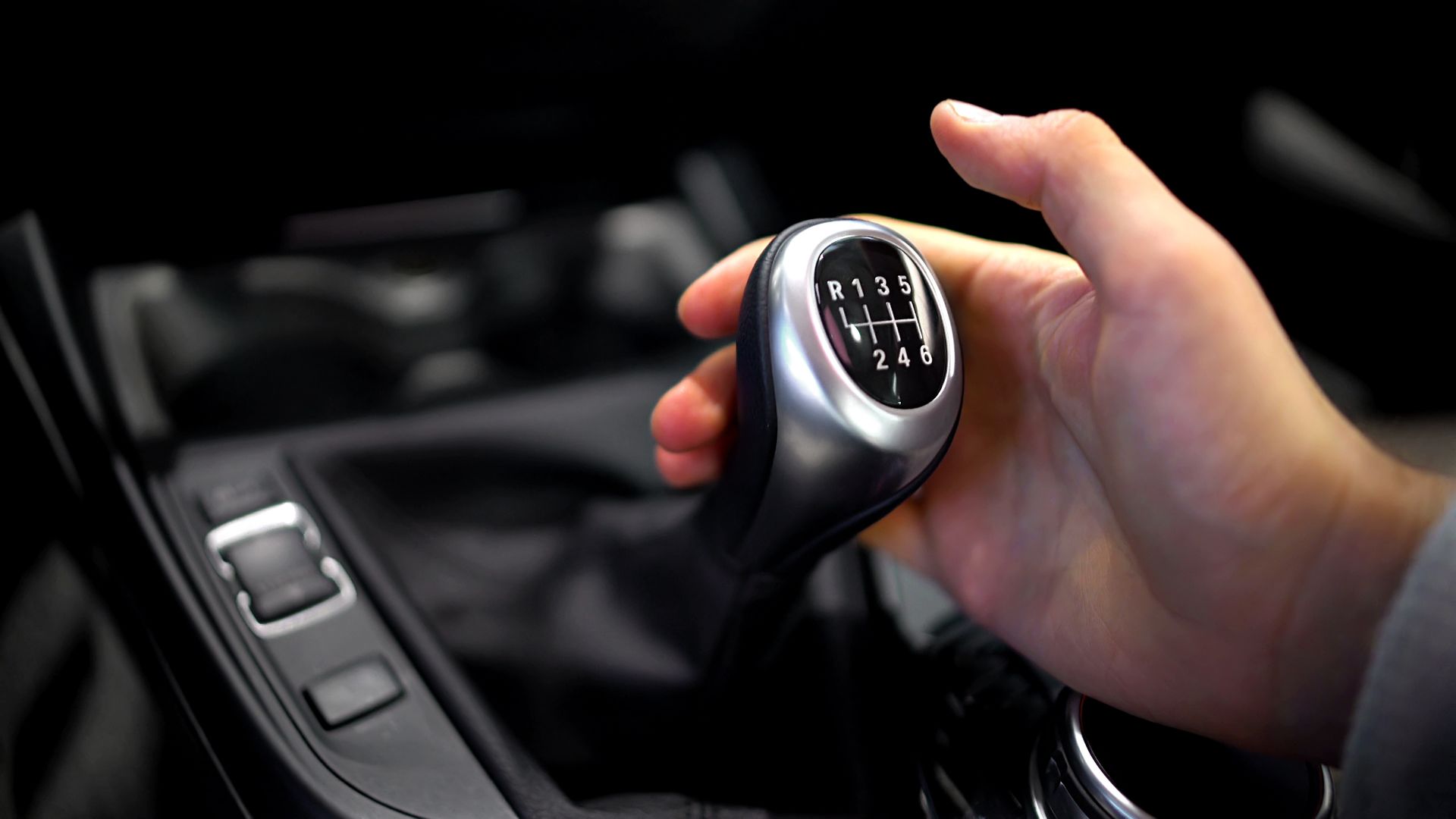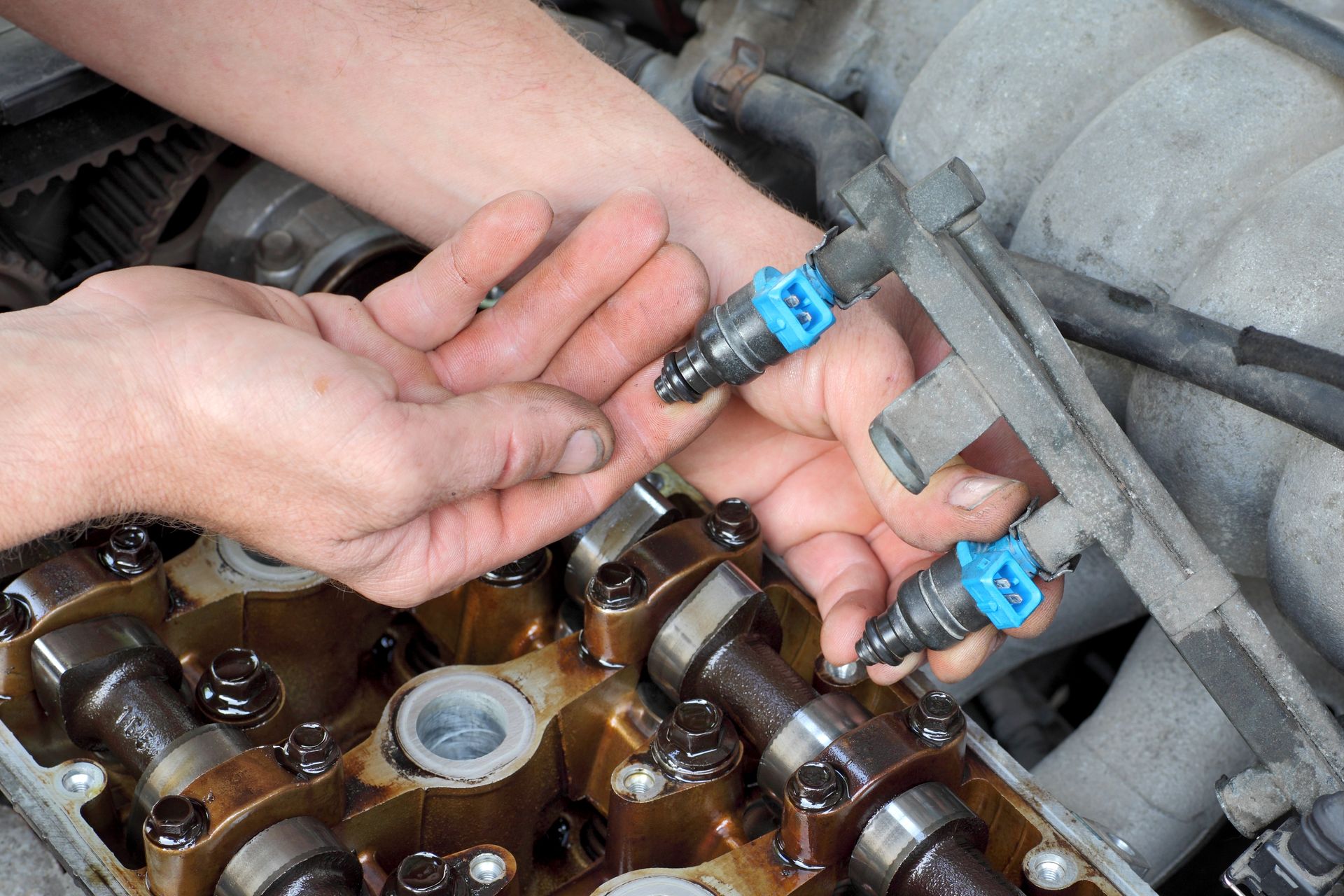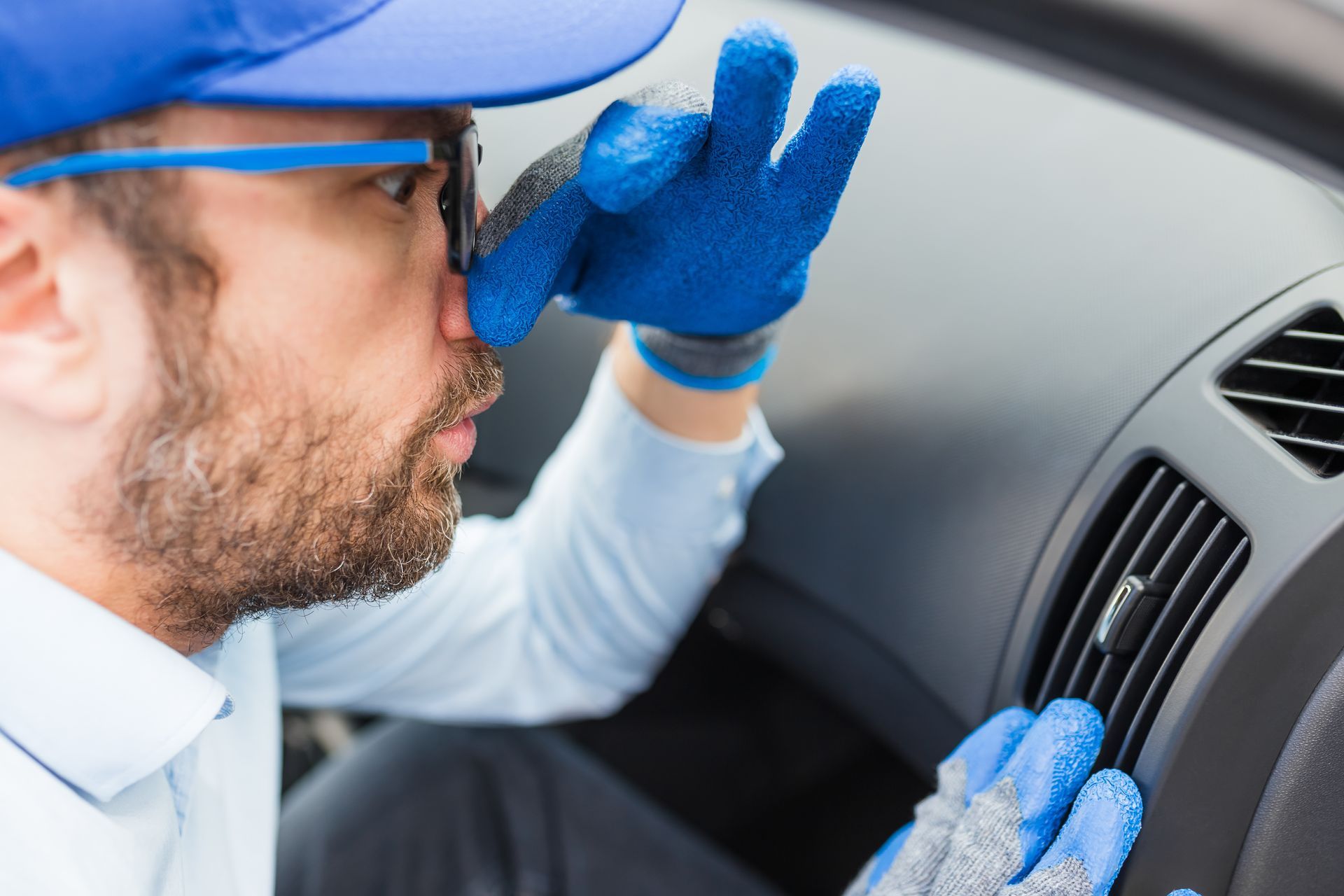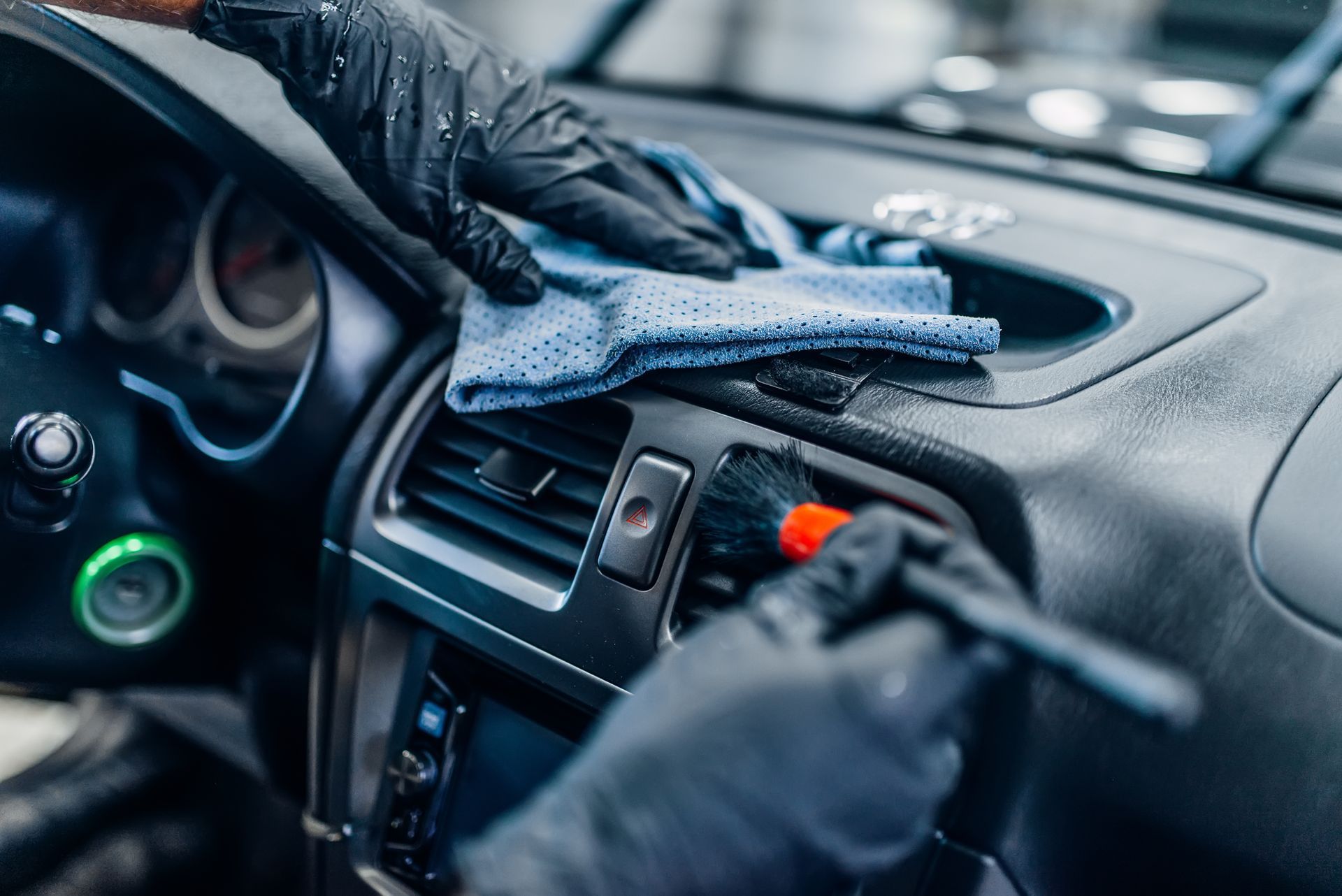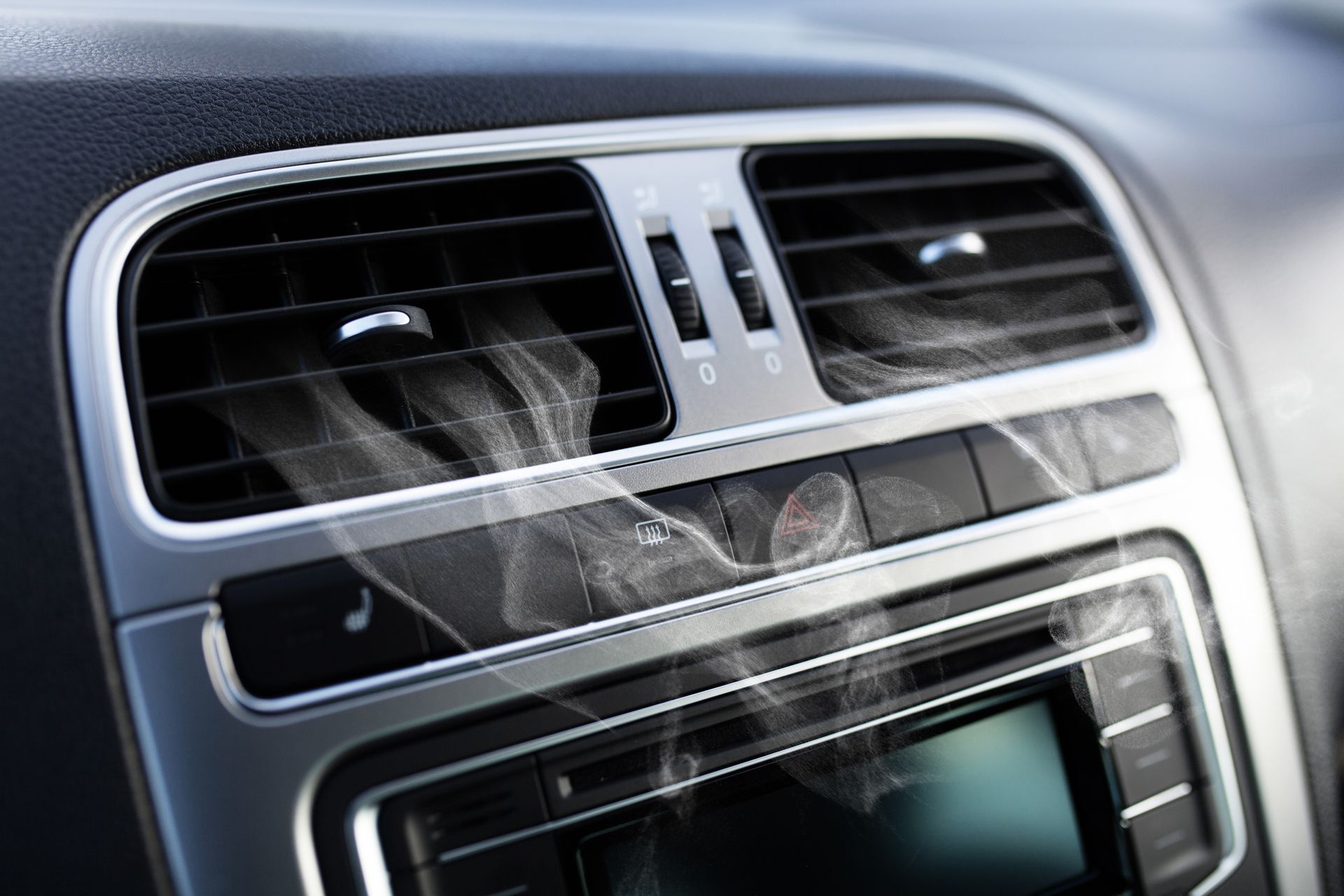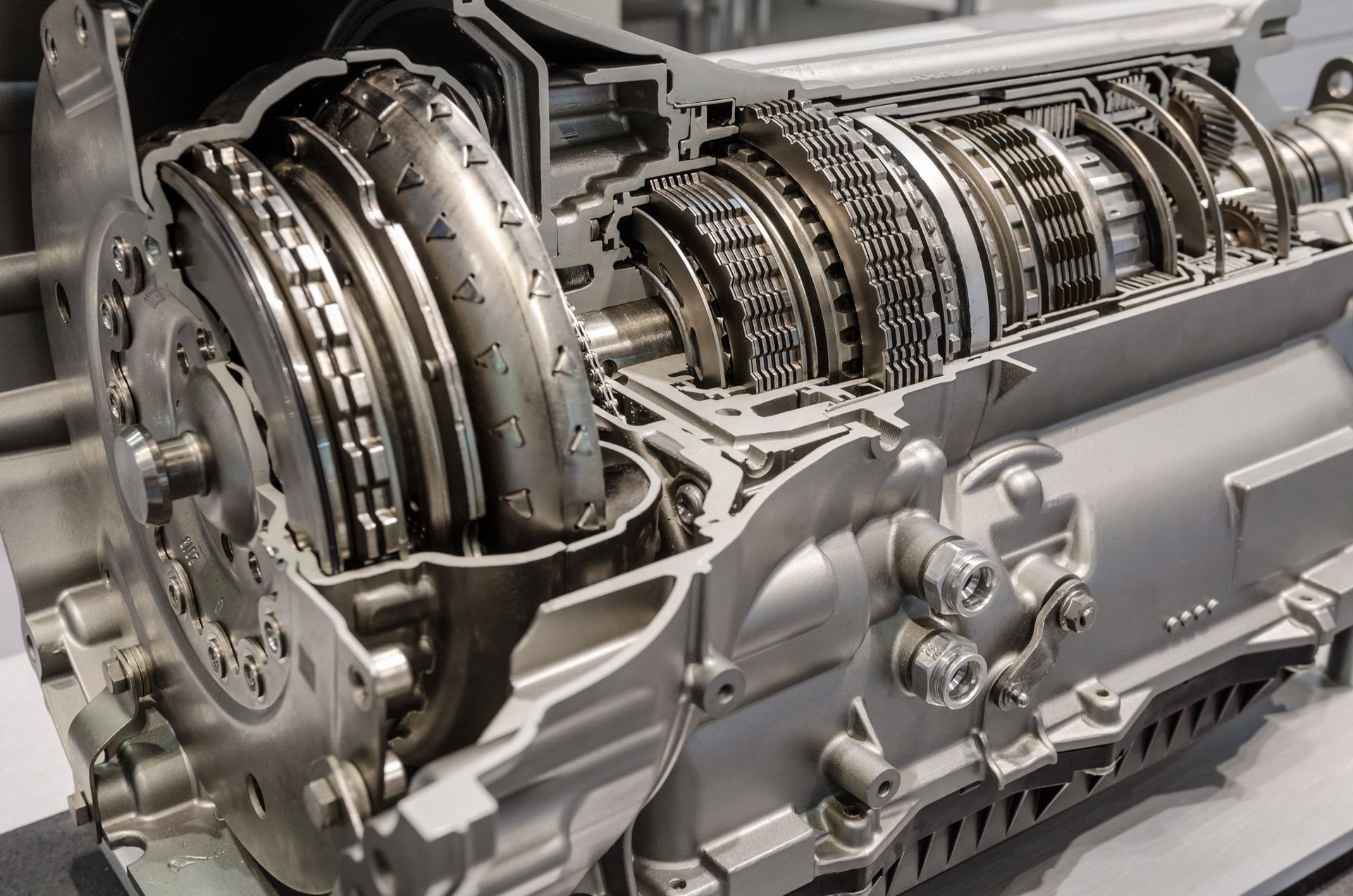Imagine you're cruising down a scenic road, gazing off into the distance, simply enjoying the drive. In that moment of tranquility, a deer leaps out in front of your car. Your heart races, but your foot instinctively slams on the brakes, bringing your vehicle to a safe halt. It's in these critical moments that we truly appreciate the components responsible for safety in our vehicles, like the brake system.
Brake systems are intricate networks of components working harmoniously to ensure your safety and that of others. To understand how they protect you, let's delve into the anatomy of this crucial mechanism, its functionality, and the importance of its maintenance.
The Anatomy of Your Brake System
At the heart of the brake system is a simple concept - friction. However, turning this concept into reliable stopping power involves several key components:
Brake Pads and Shoes
These are the friction providers. When you press the brake pedal, these components press against the rotors (disc brakes) or drums (drum brakes) to slow down your vehicle.
Rotors and Drums
Attached to your wheels, these spin with them. When brake pads/shoes create friction against these parts, they decelerate the wheels, thus slowing your car.
Calipers and Wheel Cylinders
Hydraulic elements that house the brake pads and shoes. Calipers squeeze the pads onto the rotors in disc brakes, while wheel cylinders push the shoes onto the drums in drum brakes.
Brake Lines and Hoses
These channels carry brake fluid from the master cylinder to the calipers and wheel cylinders. This fluid transmits your pedal force into braking action.
Master Cylinder
This is where your physical effort on the brake pedal gets converted into hydraulic pressure that travels through brake lines.
Brake Fluid
This specially formulated liquid ensures smooth pressure transmission throughout your braking system.
How It All Works Together
When you press down on your brake pedal, you initiate a sequence of events powered by physics and engineering genius. The master cylinder pressurizes brake fluid through lines and hoses into calipers and wheel cylinders, which then clamp or push the pads/shoes against rotors/drums. This creates friction - your car slows down - and in perfect conditions, it comes to a complete stop right when you need it to.
Brake System Care & Maintenance
Regular maintenance is not just about longevity; it's about safety—yours and everyone else's on the road. Here are some care tips:
- Listen for unusual sounds like squealing or grinding.
- Pay attention to any changes in braking responsiveness.
- Get regular brake inspections as recommended by your vehicle manufacturer.
- Ensure timely replacement of worn pads, shoes, rotors, and other components.
- Monitor your brake fluid levels and quality – it should be clear or slightly yellowish, not dark or murky.
- Avoid overloading your vehicle, as excessive weight can strain your brakes.
By being attentive to these aspects of brake care, you contribute significantly to safer roads for everyone. That's why we invite you to our shop! Oneida Service Center will take care of your vehicle and all its components - ensuring a safer, more efficient drive!


